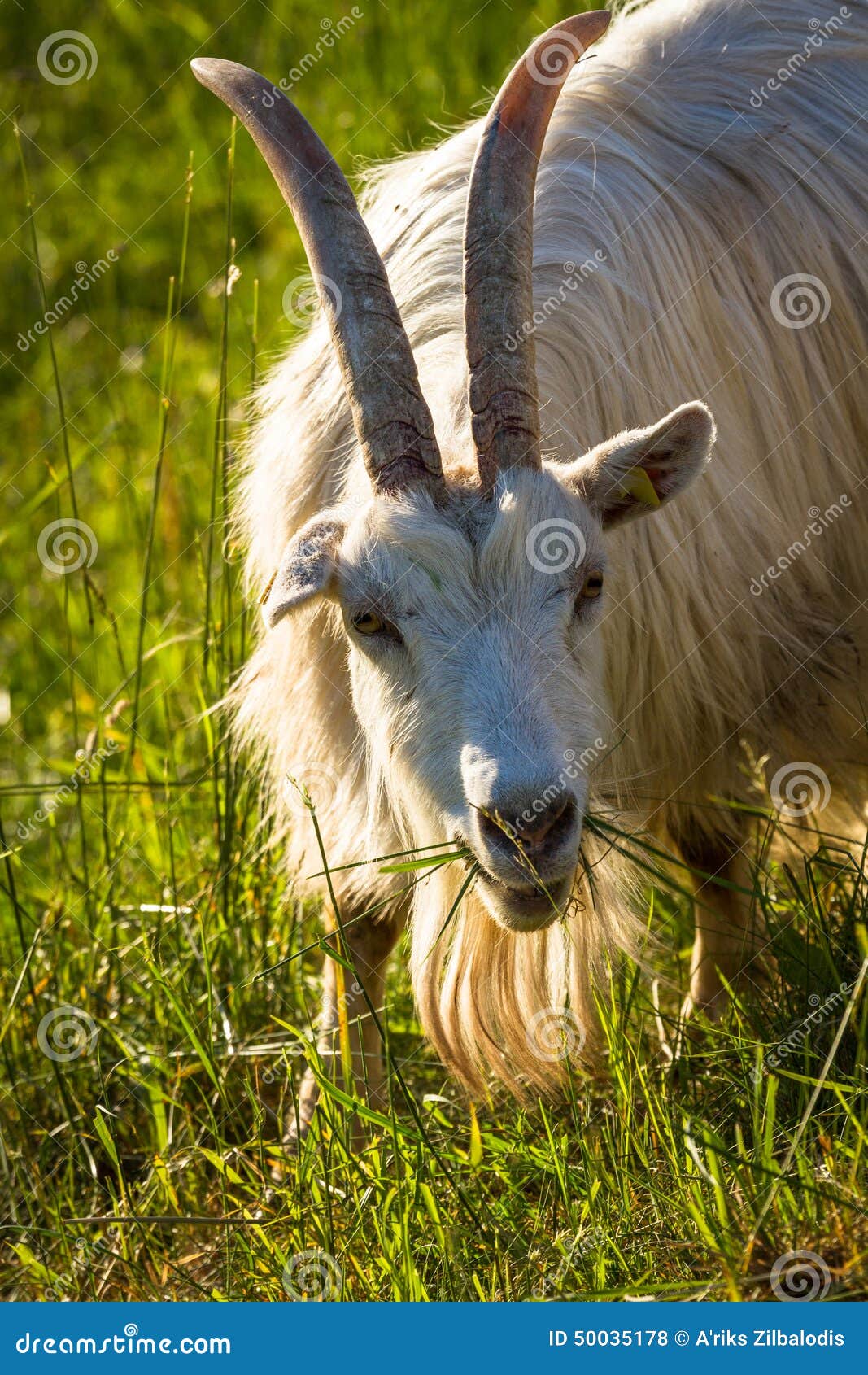

Seropositivity following vaccination was analyzed among the three age groups and statistically significant differences (χ2=45.48, P<0.0001) were recorded. Comparison of Mccp specific antibodies in the goat population before and after vaccination indicated that the number of positive reactors increased significantly (P<0.0001) following CCPP vaccination. capripneumoniae (Mccp) specific antibodies, thus 61.1% of goats seroconverted following vaccination. A rise in antibody (seroconversion) was observed after field vaccination of goats with inactivated CCPP vaccine and a total of 253 of the 414 examined sera samples were positive for Mycoplasma capricolum subsp.

On the other hand, the differences in seroprevalence among the age categories were statistically significant (χ2=24.48, p<0.0001). However, there was no significant difference (χ2=5.56, P=0.062) in seropositivity among the three districts and between male and female goats (χ2=0.068, P=0.794) examined in this study. Seroprevalence of 35.2, 35.1 and 25% were recorded in Arero, Dhas and Yabello districts, respectively. Out of 510 examined sera, 161 samples were positive for CCPP, giving an overall seroprevalence of 31.6% (95% CI = 27.57-35.64%) in the study area. Both pre and post vaccination sera samples were tested using competitive enzyme linked immunosorbent assay (cELISA). This study was conducted between September 2012 and May 2013 in three Districts of Borana pastoral area to determine seroprevalence of contagious caprine pleuropneumonia (CCPP) and assess field performance of inactivated commercial vaccine, produced by the National Veterinary Institute (NVI) in Ethiopia, against CCPP. Vaccines consisting of saponized organisms are protective but the quality and efficacy may be variable. Clinically affected animals respond to a range of antibiotics although it is unlikely that this results in the complete elimination of the mycoplasma. Rapid latex agglutination tests that can be performed at the pen side are also available for antibody detection. The diagnosis is hampered by the fastidiousness of the causative mycoplasma but molecular-based tests like PCR have greatly improved detection. CCPP was thought to be highly specific to goats and is not zoonotic. It is transmitted via the respiratory route (infective aerosol) and is spread by close contact between goats. Typical cases of CCPP are characterized by extreme fever (40.5-41.5☌), high morbidity and mortality rates in susceptible herds affecting all ages and both sexes and abortions in pregnant goats. It is a serious OIE-list B disease affecting goats in the Middle East, north and east Africa and Asia.

Contagious Caprine Pleuropneumonia (CCPP) is a highly contagious infectious disease of goats that causes inflammation of the lungs and accumulation of fluid in the chest cavity. Himalayan Tahrs have a typical lifespan of 12-22 years.The objective of the current review was to provide available information about the status and economic importance of contagious caprine Pleuropneumonia. The weight of a Himalayan Tahr is between 121-198 lb (55-90 kg). The Himalayan tahr consumes alpine grass and subalpine scrubs. It is social, although males and females live in different social groupings. Males show a dark face, muzzle, and mane during winter. The Himalayan tahr has strong declawed hooves and thick but reddish coats and undercoats. The head and ears are small while the eyes are large. Males are larger than females and also have large backward-curved horns. In these areas, it prefers mountain slopes and rugged wooded hills. Hunting and habitable loss have been the major threat to the population of the Himalayan Tahr (Hemitragus jemlahicus) in its native habitat of northern India, southern Tibet, and even western Nepal.


 0 kommentar(er)
0 kommentar(er)
